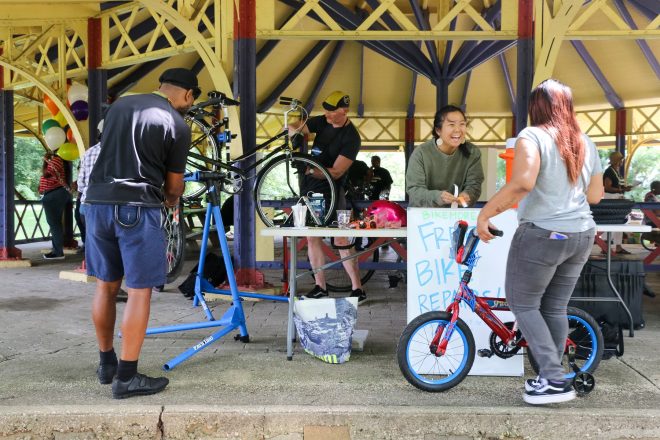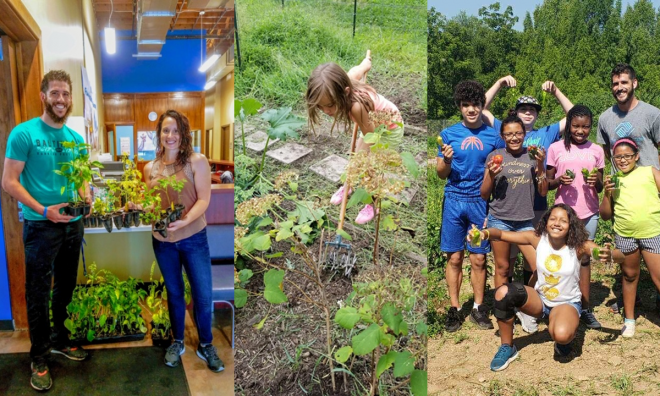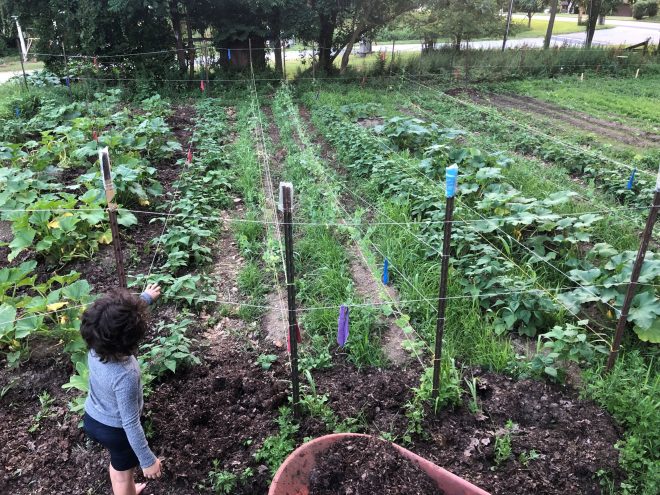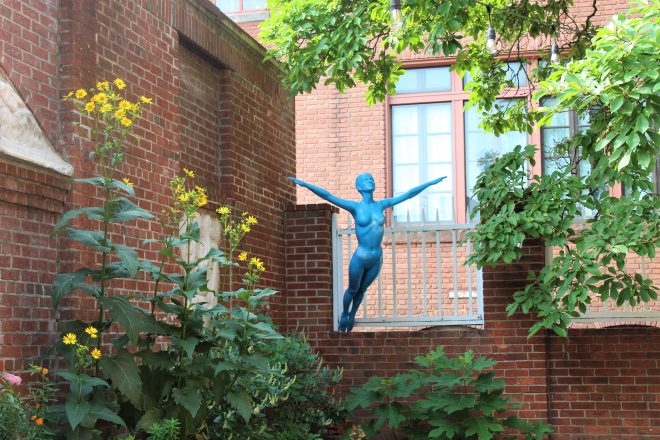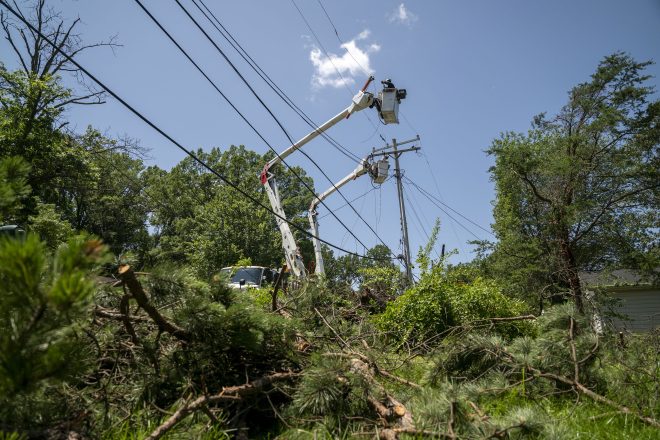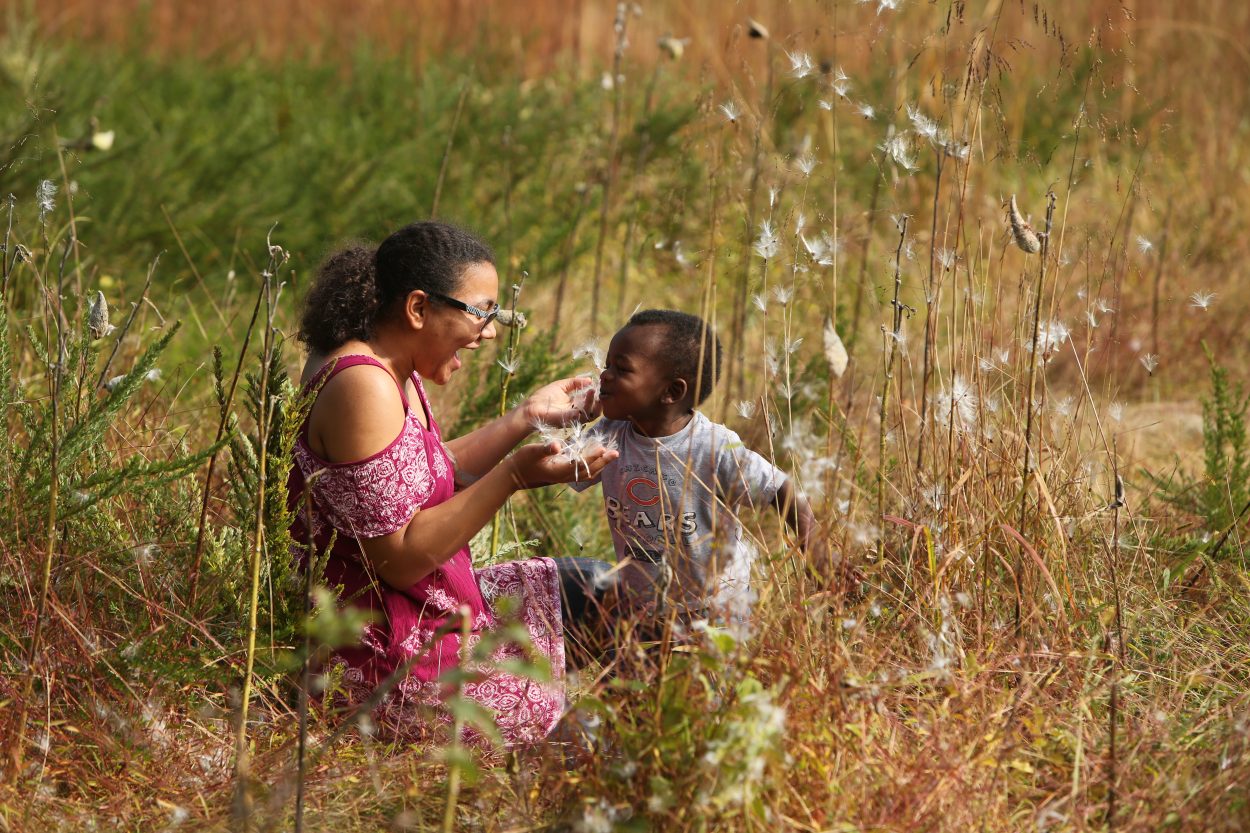
A BGE Green Grant will help the center train volunteers to share knowledge and enthusiasm about the natural environment
Brooks Paternotte was teaching Latin to middle-school boys when he noticed his son’s new attitude toward nature.
The little boy was attending pre-school at Irvine Nature Center when, Brooks said, “I could see this young child developing an attention to and empathy with the natural world. He would say things like, ‘Dad, look how beautiful that moss is,’ or ‘that bug is so cool!’”
Today as executive director of the Irvine Nature Center, Brooks has caught his son’s enthusiasm for the creatures of the region – and for the natural environment that supports them.
The Irvine Nature Center covers 210 acres demonstrating the variety of Piedmont ecosystems. Each year, more than 8,000 school children attend programs at the center or in their own classrooms, learning how to explore, respect and protect the natural environment.
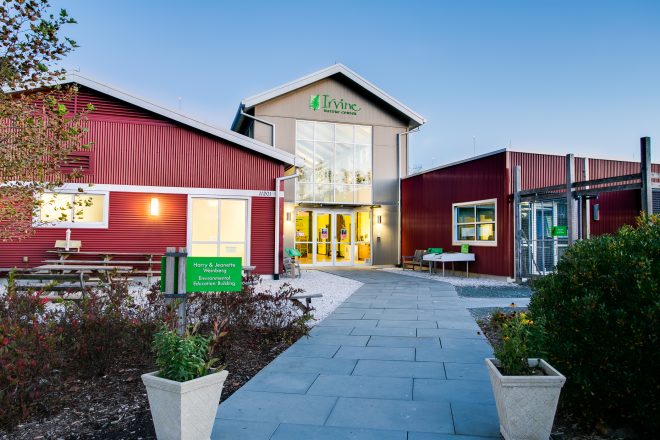
The Irvine Nature Center in Owings Mills, Md.
The center also attracts adults who want a peaceful stroll on a meadow trail or an afternoon of wildlife viewing.
Brooks sees the center’s work as creating an army of advocates who will spread their enthusiasm for environmental protection.
The Irving Nature Center recently completed three projects of environmental and cultural importance. With help from a BGE Green Grant, the center is developing a docent program centered around these efforts. Trained volunteer docents will share their knowledge with individual visitors, emphasizing how people’s actions can serve to help or harm these invaluable natural resources.
- A 66-acre wetland restored after 100 years of agricultural use. Boardwalks and observation decks invite visitors to view the ponds, brooks and unique vegetation that beckon native wildlife back to the area. Docents will teach about the important of wetlands, their contributions to clean waterways, and what actions individuals can take to improve water quality in their own communities.
- The expanded Woodland Garden. Protected from grazing deer, the garden features native trees, shrubs and a luxurious cover of ferns, bluebells, lady slippers and other gorgeous wildflowers. Docents will instruct visitors about the importance of native plants and the threats associated with invasive species.
- A Native American heritage site. A new cultural facility features a native longhouse, wigwams, areas for playing games, weaving, cooking and more – all authentic replicas depicting life in the Piedmont before the arrival of Europeans. Docents will share lessons from these early residents about living lightly on the earth and respecting the land.
Brooks echoes the spirit of stewardship embodied by Native Americans when he expresses hope that the wildflowers, the native trees, the clean water and the birds that mean so much to him will be there to nurture his grandchildren and their children.
To help him spread the spirit of exploring, respecting and protecting, you are invited to join the effort of the Irvine Nature Center. Visit its website to learn how you can participate as a donor or volunteer.
All photos in this story are courtesy of Irvine Nature Center.
===
Now in its seventh year, the annual BGE Green Grants program has benefited hundreds of innovative community projects with more than $2 million in charitable giving from BGE. Grants range from $500 to $10,000. Organizations that receive a Green Grant are located in BGE’s geographic service area and use their award for a project that falls into at least one of BGE’s environmental focus areas: conservation, education, energy efficiency, pollution prevention, and community engagement. Prospective grant recipients must be 501(c)(3) non-profits with a board of directors and must meet additional criteria to be eligible.

